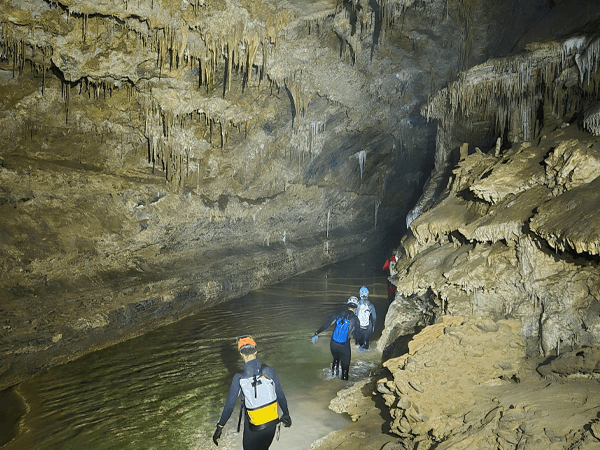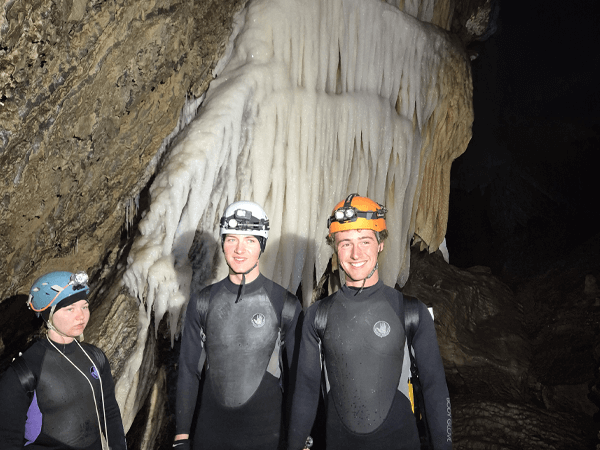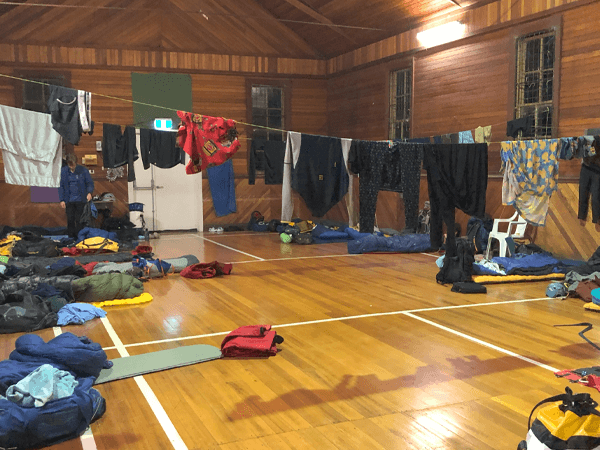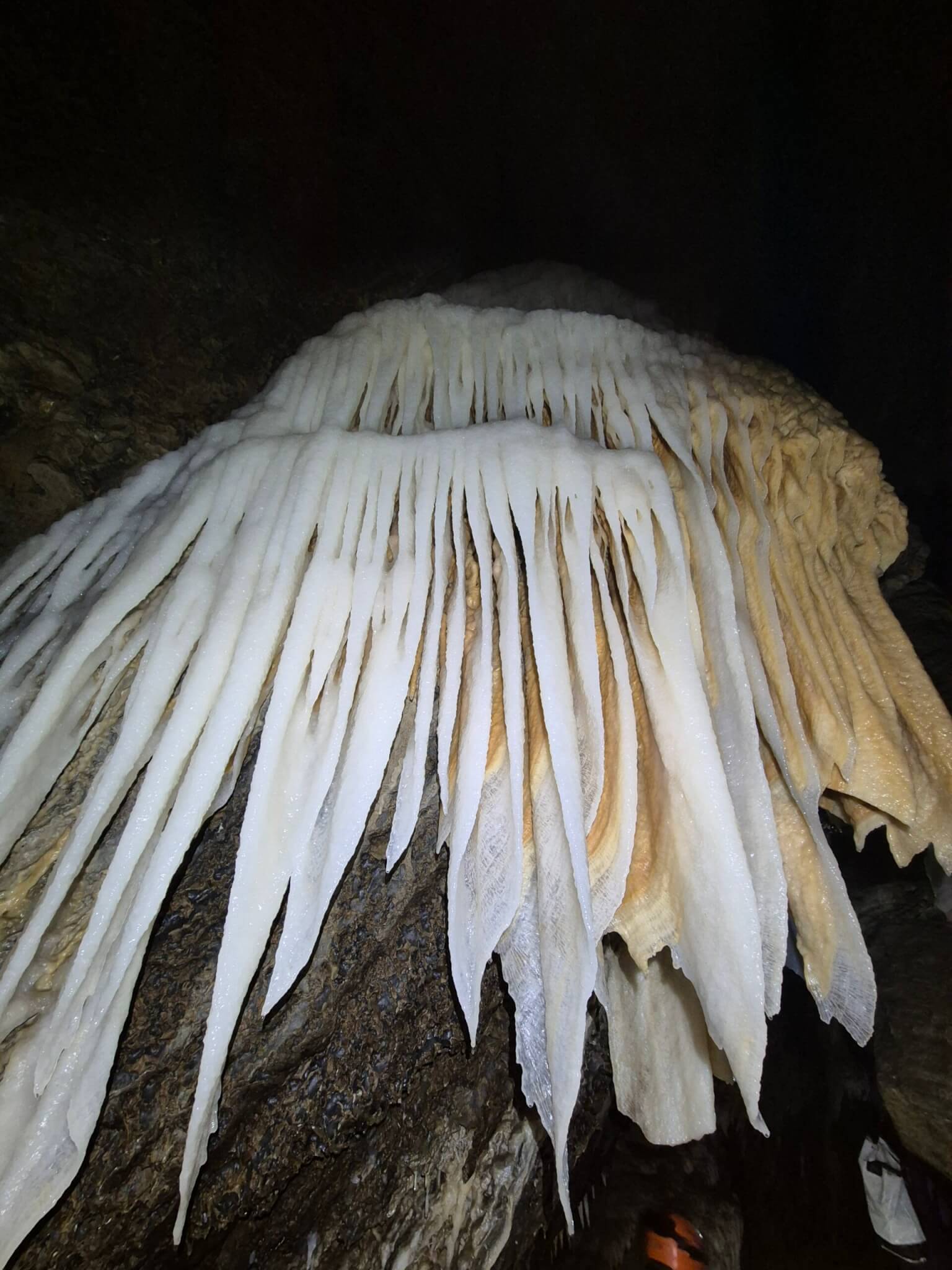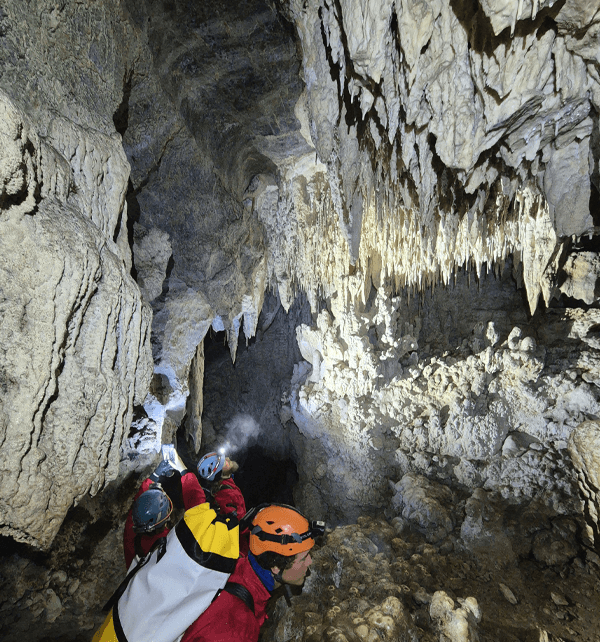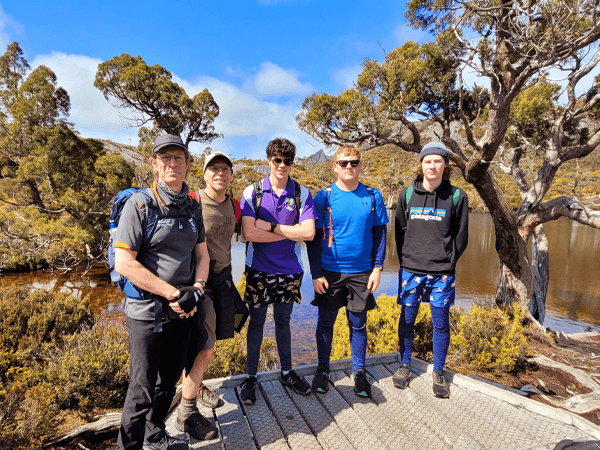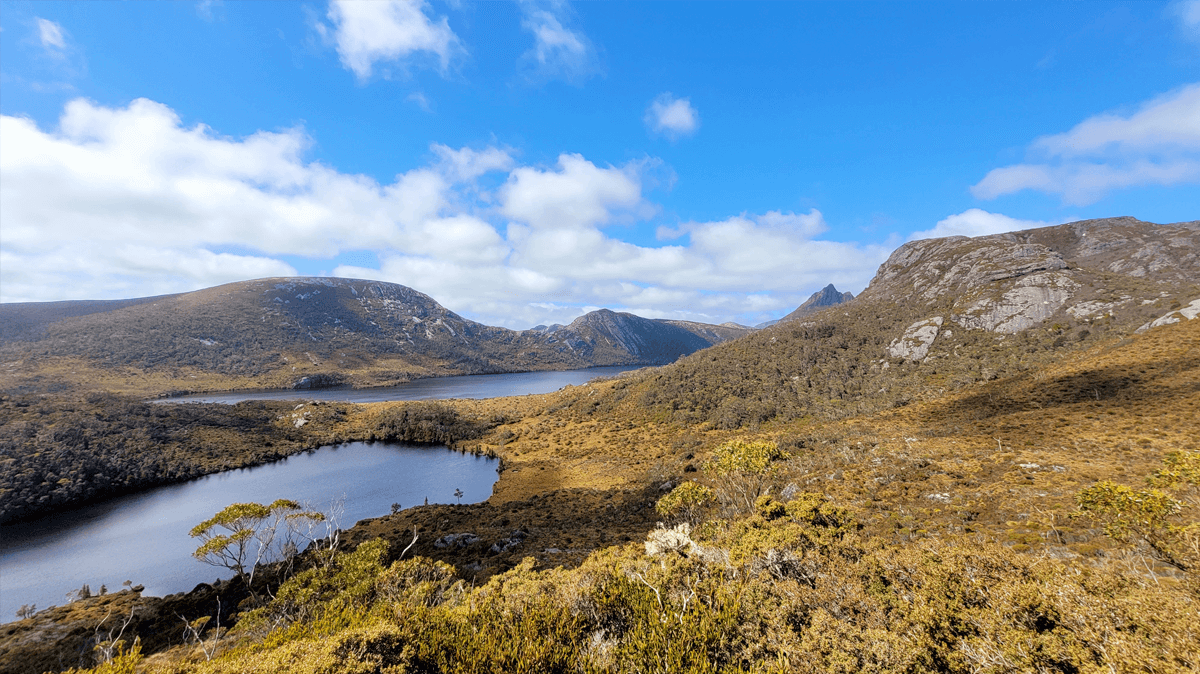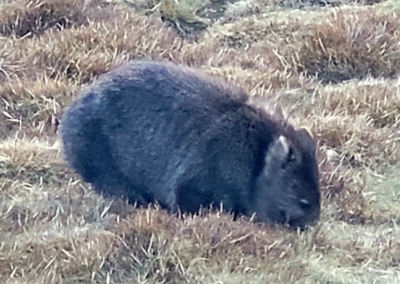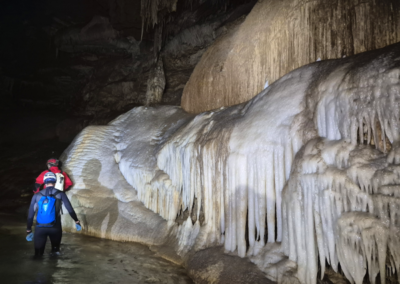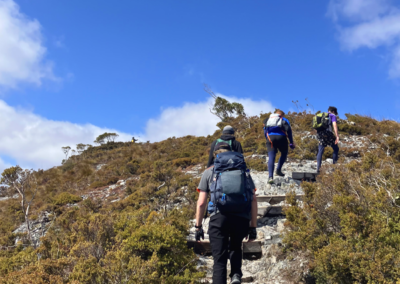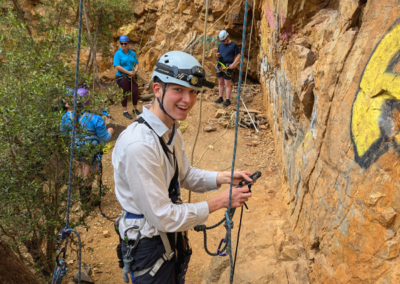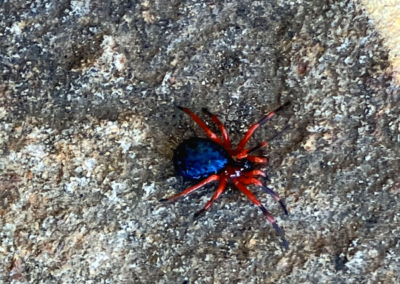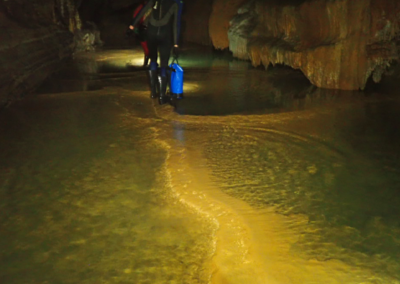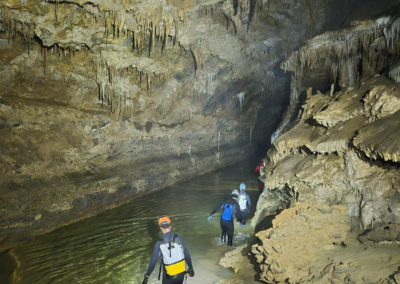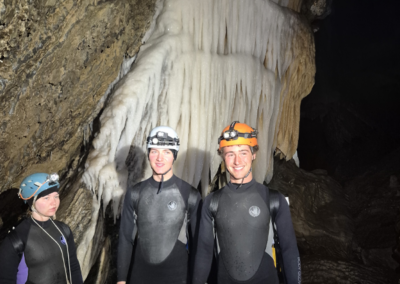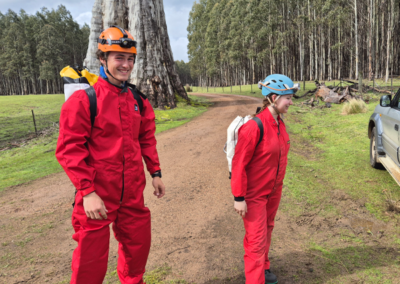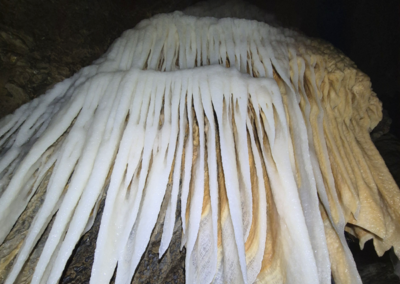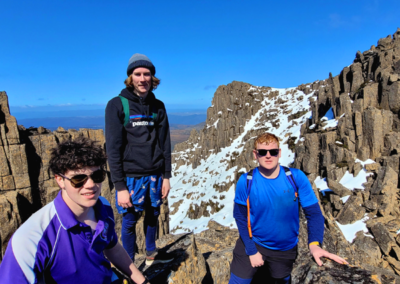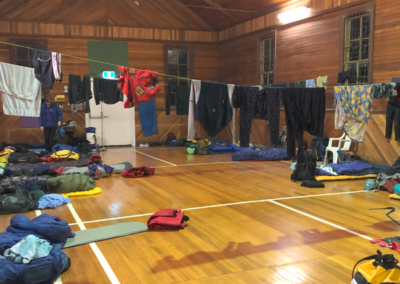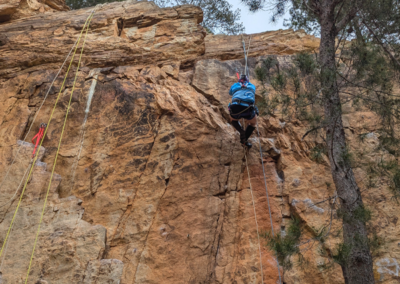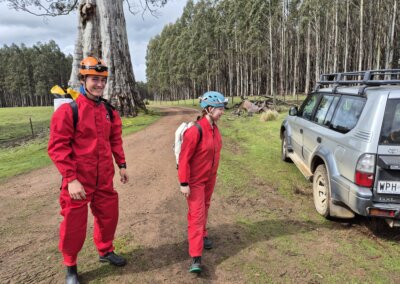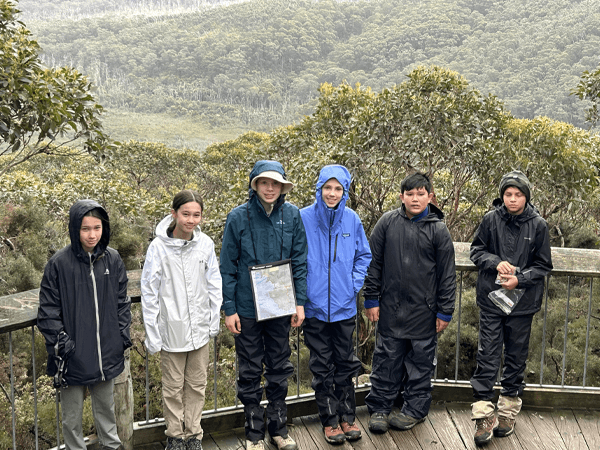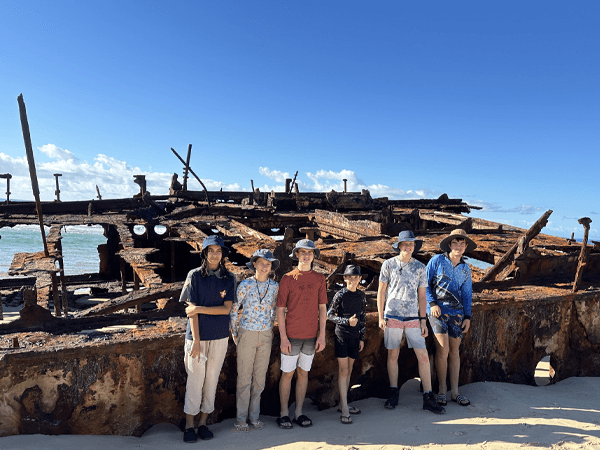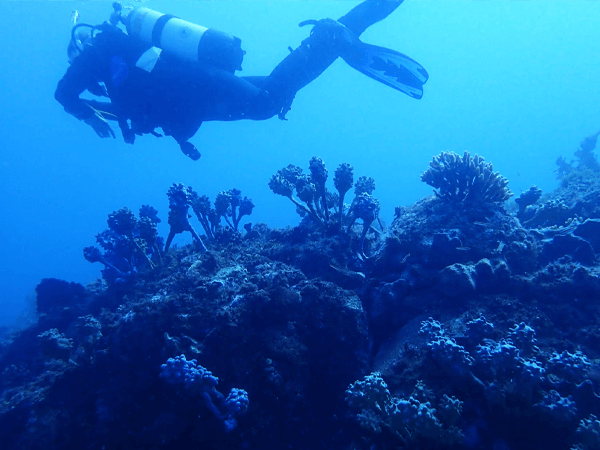Though Outdoor Adventure Skills (OAS) weren’t the primary goal, many participants advanced to Stages 6 and 7, with another officially completing OAS Vertical Caving Level 5. The trip sharpened critical skills such as, decision-making, teamwork, environmental care, and leadership under pressure.
The team also reflected on key lessons: the importance of built-in rest days, better gear drying logistics, and clearly communicating trip expectations. All agreed – this wasn’t just a fun trip, it was a life-changing experience.
The expedition was made possible thanks to the Dick and Pip Smith Leadership Through Adventure Fund, which provided financial support to ensure the opportunity was accessible. Deep thanks also go to the dedicated leaders and mentors who made the journey possible.
As the Scouts plan their return to Mole Creek, one thing is certain: this underground adventure left them forever changed – stronger, braver, and ready for the next challenge.
Article by Patrol Leader – Zaid (Venturer Scout, Scouts SA)

